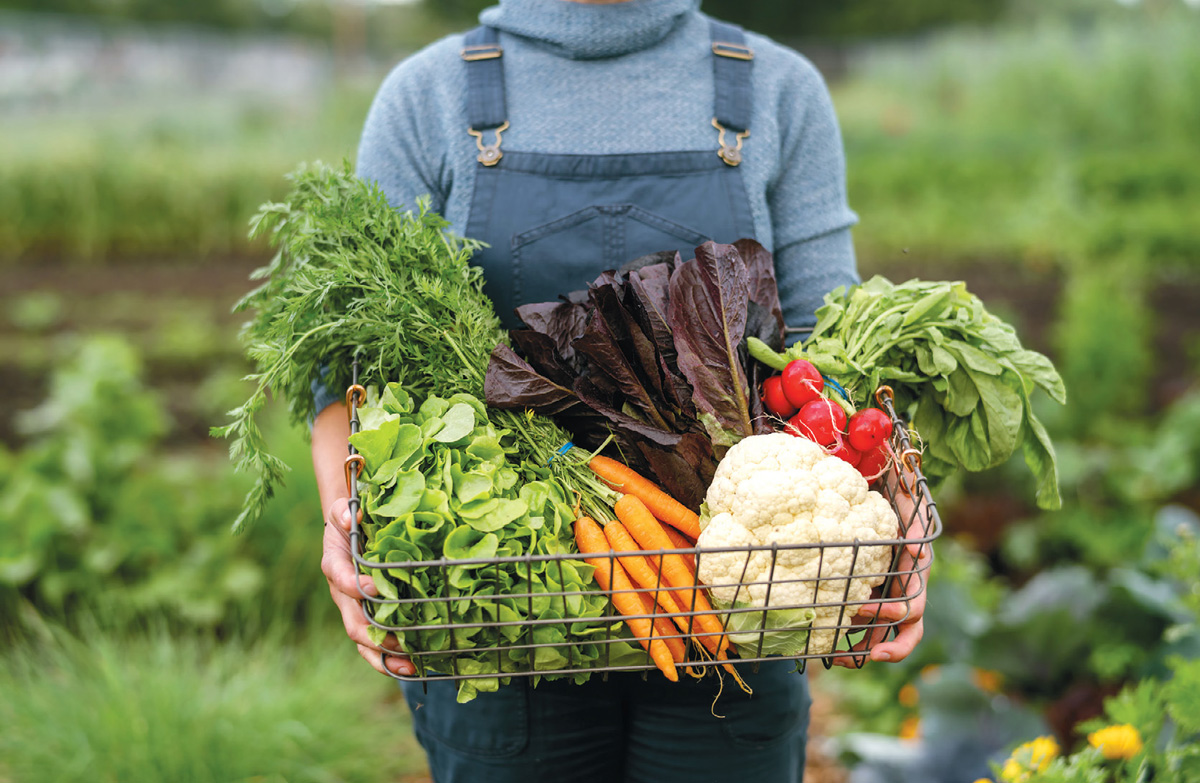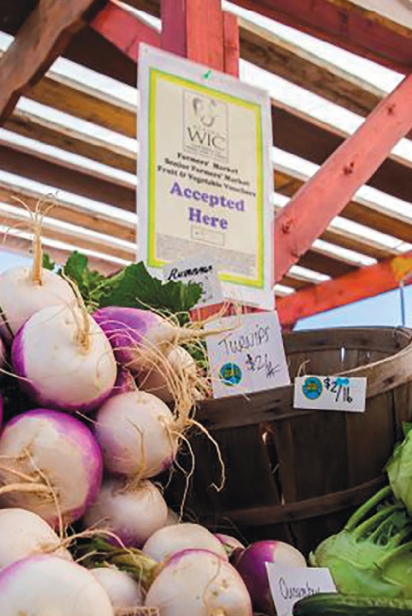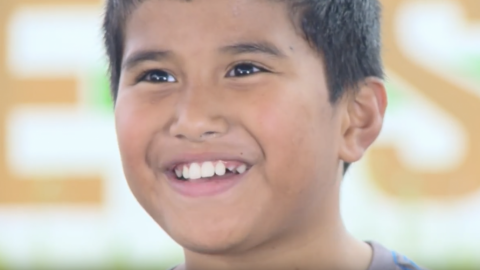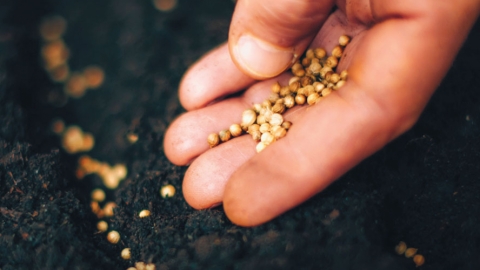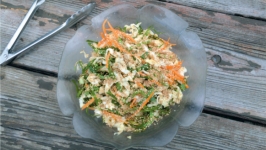Food Access for all Alaskans
Early on a cool Saturday morning in August, a farmer in Fairbanks stocks their stand at the Tanana Valley Farmers Market with freshly harvested carrots, crisp heads of lettuce, bright red and gold cherry tomato baskets, and all the other fresh produce they have to offer. As customers begin to line up, they eye the array of beautiful colors and smell the fresh herbs arranged at the stand, planning what to buy to feed themselves and their families over the next week. Some of these customers receive supplemental food benefits, and they know that they will be able to afford to buy this healthy, nutritious food. Why? Because the farmers market accepts their benefits, and this year, the value of their benefits is doubled through a groundbreaking, state and federally funded program run by the Alaska Farmers Market Association (AFMA).
According to the most recent USDA agricultural census, most of the food produced by new and beginning Alaskan farmers is distributed through farmers markets, CSA programs, and farm stands. AFMA is a statewide nonprofit whose mission is to support and promote farmers markets and the programs that they offer. In 2022, AFMA received a state grant to increase access to locally produced food for the many beneficiaries of food access programs throughout the state, including the Supplemental Nutrition Assistance Program (SNAP), the Special Supplemental Nutrition Program for Women, Infants, and Children (WIC), and the Senior Farmers Market Supplemental Nutrition Program (SFMNP).
At the start of this five-year grant program, in the 2023 farm season, AFMA began doubling benefits at farmers markets. This means that the cost of the freshest, most nutrient-dense food available is half price for those who are in the greatest need, including children, young families, elders, and the economically insecure. Also, this program will continue to directly support local farms by increasing their customer base and their direct-to-consumer sales, which gives them the full value of the food they produce without losing profit to wholesalers or middlemen.
How do we make local food more reliable, resilient, and accessible to all Alaskans? Only about 5 percent of all the food we purchase in Alaska is grown in the state. To have a stronger food system, local purchasing and local production need to increase. AFMA is contributing to this goal by increasing access by Alaskans of all economic situations to the healthy, nutritious food available at Alaska’s farmers markets.
During the 2023 season, AFMA doubled over $11,000 of SNAP benefits and over $15,000 in WIC benefits. So far, only eight farmers markets out of the 56 across the state have the authorization to participate in the SNAP program, so the potential for growth is large. The ability of a market to support programs like SNAP and WIC depends upon the market’s capacity to administer the programs with ample staff or volunteers.
As a state, we need to make local food accessible to all Alaskans, and we can do our part to create a more resilient system. Find your nearest famers market, and shop there first. If your local market does not currently participate in food access programs, share information about AFMA with the organizers and consider volunteering to help the market set up and run these important programs.
Back in Fairbanks, a young family has returned home from the market with their bag full of produce purchased with their supplemental food benefits. The impossibly sweet cherry tomatoes have already been devoured, with mom getting her hands on just a couple before the basket made its way to the back seat. Tonight, they will share a meal that is healthy, delicious, and affordable, while the farmer packs up their truck with stacks of empty crates, satisfied and proud that the best food that Alaska has to offer has ended up on the plates of Alaskans of all different walks of life, backgrounds, and economic situations.
To find a farmers market in your area and to connect to resources for farms and farmers markets, go to alaskafarmersmarkets.org.


